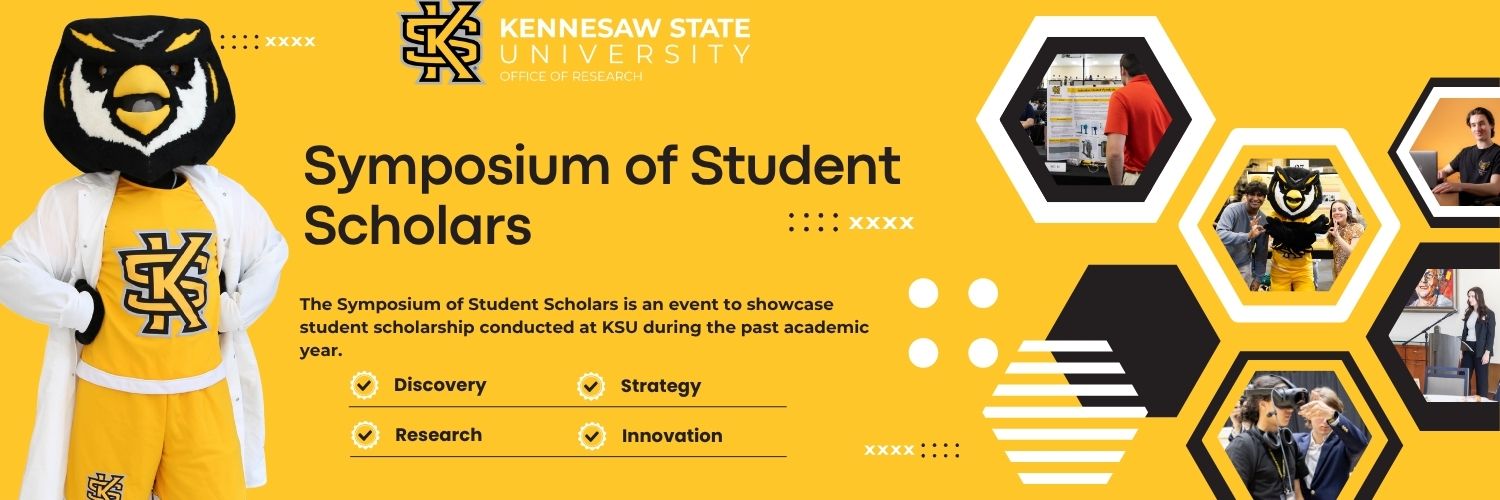Disciplines
Bilingual, Multilingual, and Multicultural Education
Abstract (300 words maximum)
What are the best practices for reaching multilingual learners in K-12 classrooms? While researchers have sought for an answer to this query, several linguists have put forth the concept of translanguaging, “the deployment of a speakers’ full linguistic repertoire without regard for watchful adherence to the socially and politically defined boundaries of named (and usually national and state) languages” (Otheguy et al., 2015, p. 283). This innovative pedagogy has forged its way into many Teaching English to Speakers of Other Languages (TESOL) courses in the Inclusive Education Department at KSU, but what are the benefits of teachers using translanguaging pedagogy to encourage multilingual learners to excel academically both in their heritage language(s) (HL) and in English? This presentation will seek to answer the crucial question on translanguaging pedagogy by pulling from multiple facets of research collaboratively conducted over the past year, including but not limited to a presentation in a regional conference entitled “K-12 teachers’ ideologies of translanguaging pedagogy in an ESOL endorsement course,” interviews with several in-service teachers of multilingual students, and data collected from English to Speakers of Other Languages (ESOL) graduate and undergraduate courses (Battle et al., 2020; Choi et al., accepted for publication). The presented findings will have implications for all pre- and in-service teachers of multilingual learners in K-12 classrooms.
Academic department under which the project should be listed
BCOE - Inclusive Education
Primary Investigator (PI) Name
Dr. Jayoung Choi
Reaching Multilingual Learners Through Translanguaging Pedagogy
What are the best practices for reaching multilingual learners in K-12 classrooms? While researchers have sought for an answer to this query, several linguists have put forth the concept of translanguaging, “the deployment of a speakers’ full linguistic repertoire without regard for watchful adherence to the socially and politically defined boundaries of named (and usually national and state) languages” (Otheguy et al., 2015, p. 283). This innovative pedagogy has forged its way into many Teaching English to Speakers of Other Languages (TESOL) courses in the Inclusive Education Department at KSU, but what are the benefits of teachers using translanguaging pedagogy to encourage multilingual learners to excel academically both in their heritage language(s) (HL) and in English? This presentation will seek to answer the crucial question on translanguaging pedagogy by pulling from multiple facets of research collaboratively conducted over the past year, including but not limited to a presentation in a regional conference entitled “K-12 teachers’ ideologies of translanguaging pedagogy in an ESOL endorsement course,” interviews with several in-service teachers of multilingual students, and data collected from English to Speakers of Other Languages (ESOL) graduate and undergraduate courses (Battle et al., 2020; Choi et al., accepted for publication). The presented findings will have implications for all pre- and in-service teachers of multilingual learners in K-12 classrooms.
